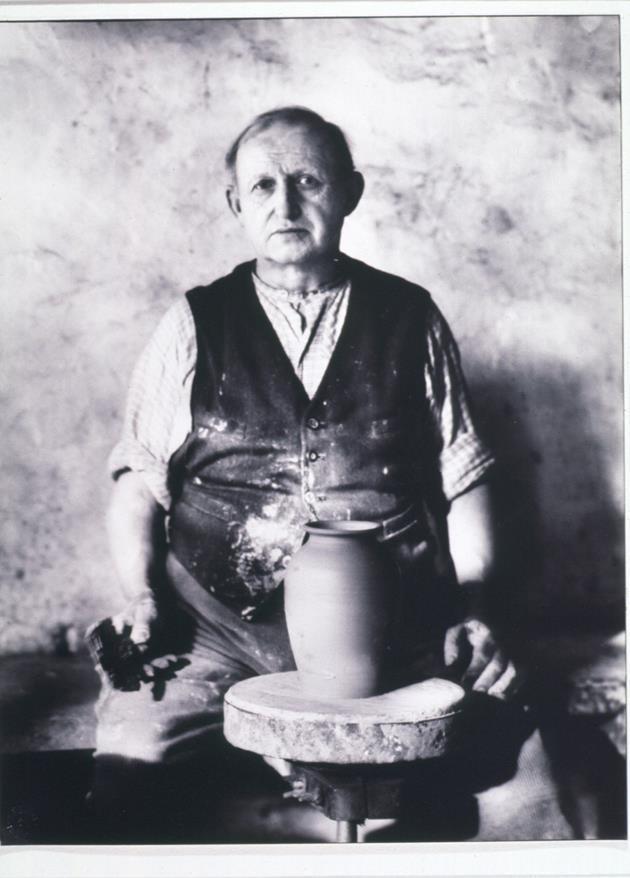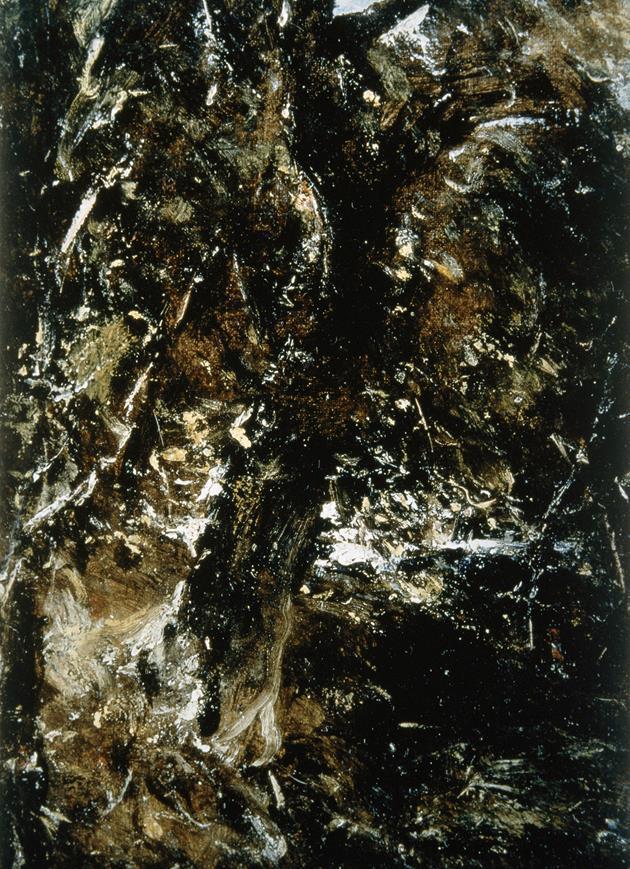“
We know that people are formed by the light and air, by their inherited traits, and their actions [...]. We can tell from appearance the work someone does or does not do [...].
”
August Sander, The Nature & Growth of Photography

1934
German, 1876-1964
“
We know that people are formed by the light and air, by their inherited traits, and their actions [...]. We can tell from appearance the work someone does or does not do [...].
”
August Sander, The Nature & Growth of Photography

Seattle Art Museum respectfully acknowledges that we are on Indigenous land, the traditional territories of the Coast Salish people. We honor our ongoing connection to these communities past, present, and future.
Learn more about Equity at SAM